Do you have a question about the Trane Starters and is the answer not in the manual?
Essential safety guidelines for installation and servicing, covering PPE and wiring practices.
Discusses environmental concerns related to chemicals and promotes responsible refrigerant handling.
Covers physical specifications, wiring requirements, and data sources for chiller systems.
Details the importance and process of correctly sizing fuses and circuit breakers for system protection.
Explains the fundamental functions and purpose of motor starters in chiller applications.
Outlines the primary voltage classes used in chiller systems and their characteristics.
Describes the construction and operation of centrifugal motors used in chillers.
Details the standard components included in Trane's chiller starter assemblies.
Defines critical electrical parameters like RLA, MCA, and MOP for chiller selection and design.
Provides an overview of motor protection features integrated into chiller controllers and starters.
Explains how overload, overheat, and acceleration times are managed for motor safety.
Details the operation, advantages, and disadvantages of Wye-Delta starters.
Describes the characteristics, features, and benefits of solid-state starters.
Explains the function, features, and applications of AFD for variable speed motor control.
Describes the basic full-voltage across-the-line starter for MV applications.
Details the operation and features of primary reactor starters for reducing inrush current.
Explains the function and application of autotransformer starters for reduced voltage starting.
Compares solid-state MV starters to electromechanical types and their suitability.
Covers the across-the-line starter for higher voltage MV applications.
Details the primary reactor starter for 10-13.8 kV applications.
Explains the autotransformer starter for 10-13.8 kV medium-voltage systems.
Explains AFC as the calculated potential short-circuit current at a point upstream of the starter.
Defines SCCR as the maximum fault current a starter enclosure can withstand during testing.
Covers the importance of disconnect means for safe isolation of electrical circuits.
Explains how circuit breakers and fuses provide protection against short-circuit currents.
Provides guidance for sizing power conductors for chillers, starters, and motors.
References tables used for estimating conductor and conduit combinations based on ampacity.
Lists selectable starter options and design specials for customization.
Describes the EEP package for enhanced reliability, rugged construction, and features.
Outlines requirements and considerations for using non-Trane starters with Trane chillers.
Explains power factor principles and the use of PFCCs for motor efficiency.
Provides definitions for fundamental electrical terms related to starters and motors.
Defines specific terms related to motor protection features and concepts.

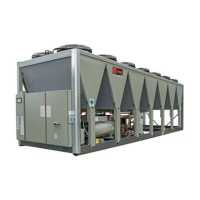
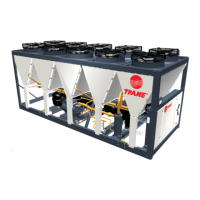
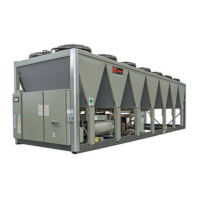
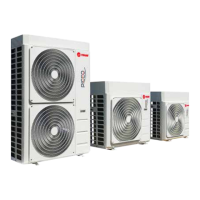
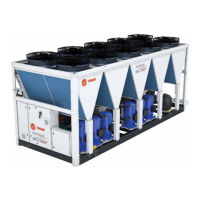






